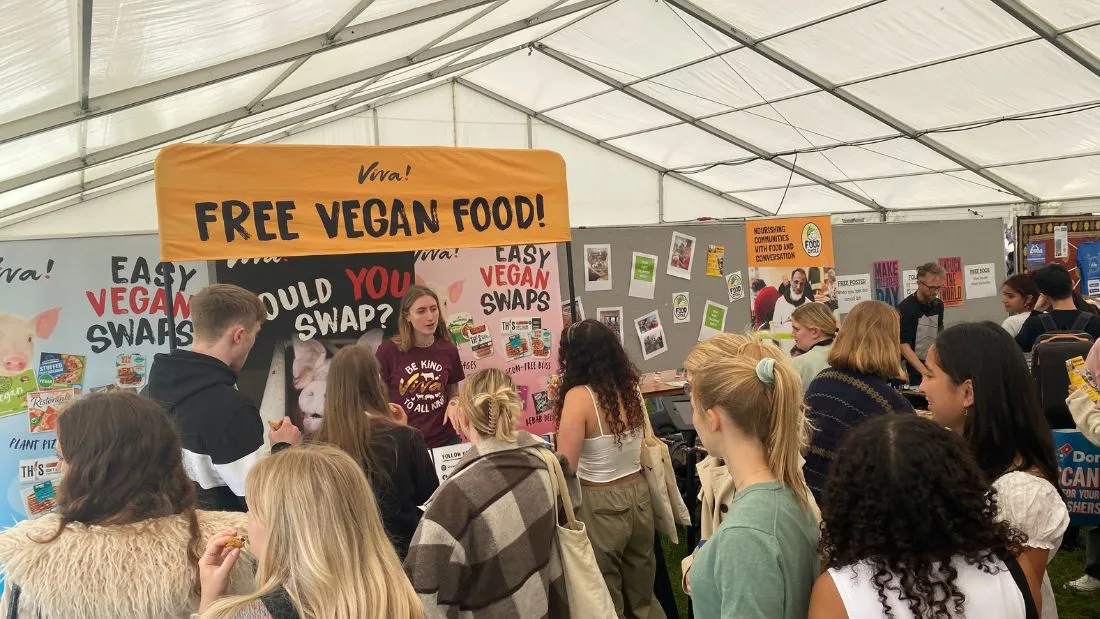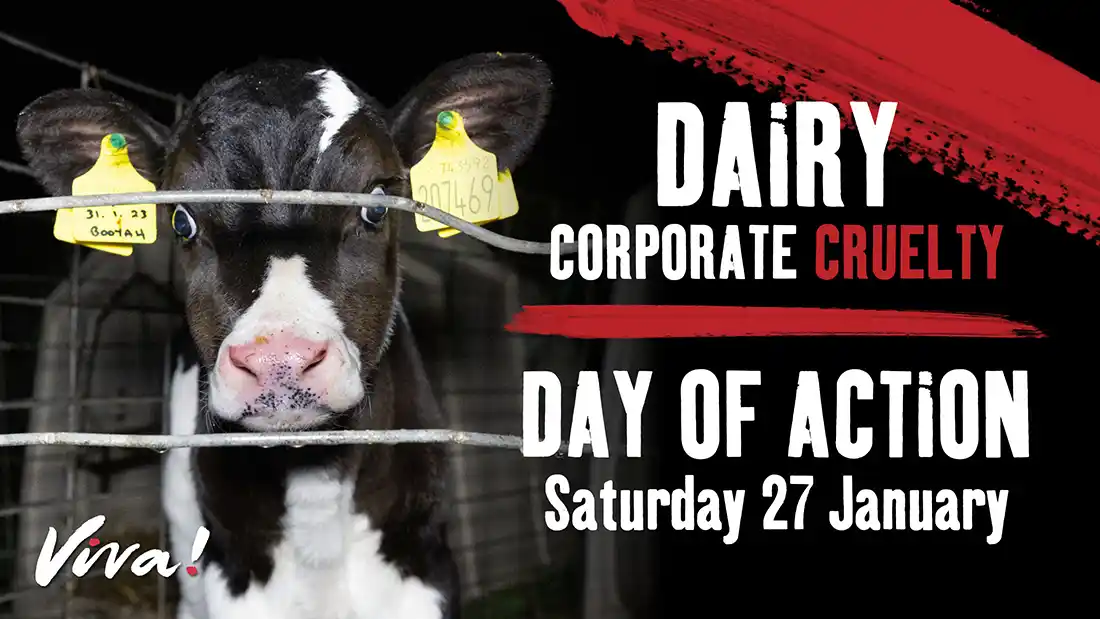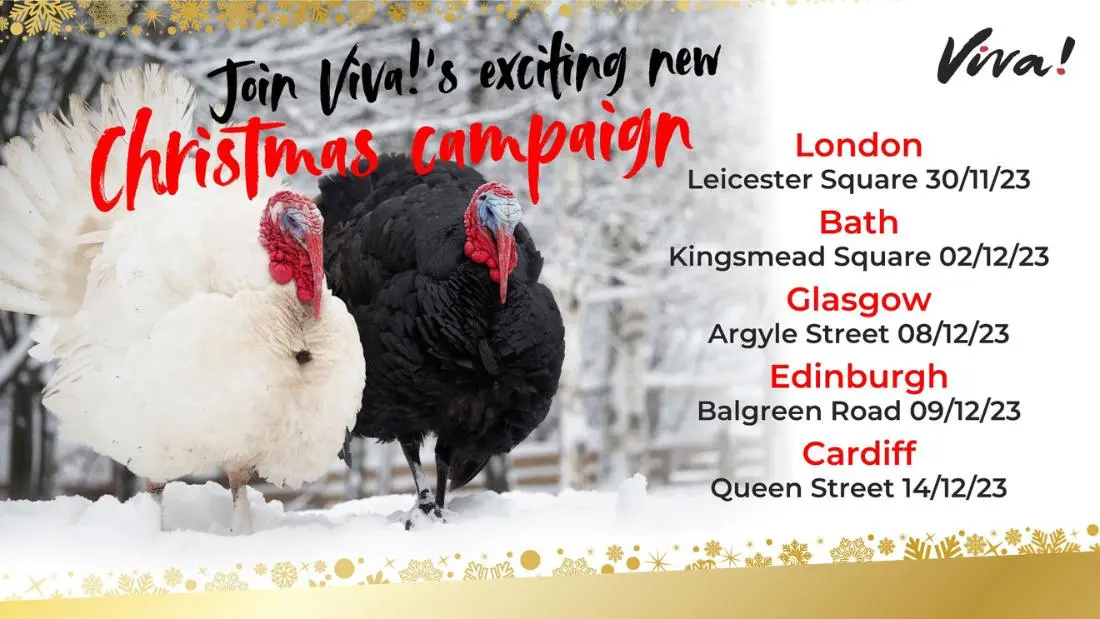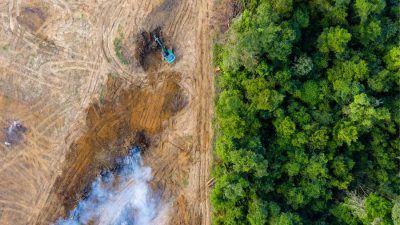Biodiversity – how eating animals will be the death of us
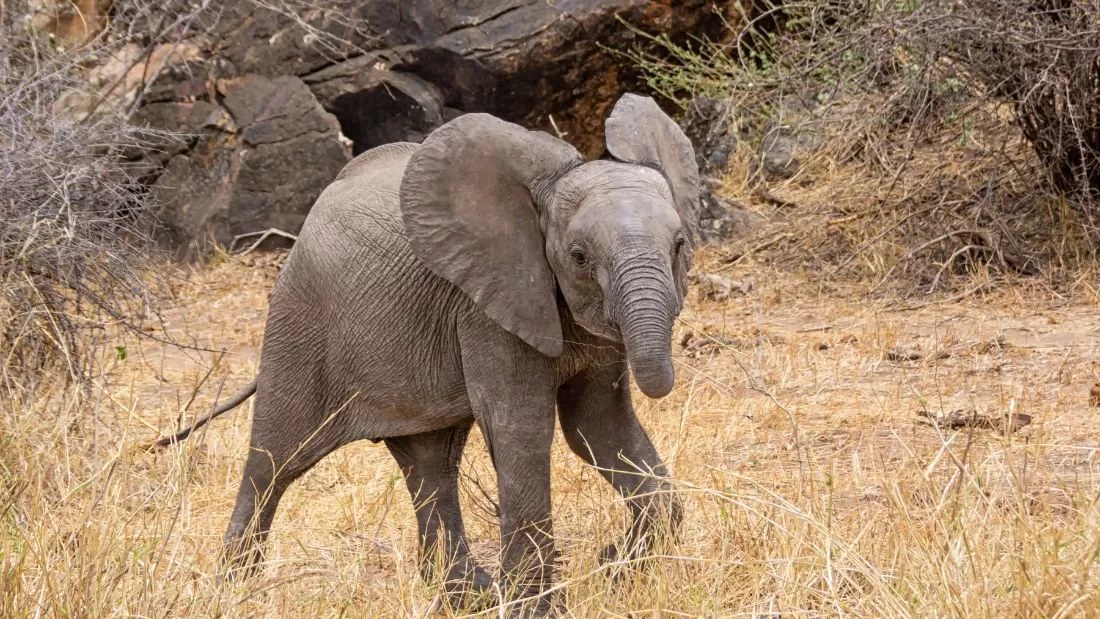
We are now living through the world’s sixth mass extinction, losing species at 1,000 times the natural rate. The United Nations say that one million species are at risk of becoming extinct. Unlike previous extinction events that were caused by asteroids, volcanic eruptions and natural climate shifts, this crisis is caused by human activity with animal agriculture at the heart of it.
A world out of balance
Biodiversity refers to the amazing variety of life on Earth, from tiny microorganisms to gigantic animals and towering trees. We don’t know how many different species inhabit the planet, but it’s estimated to be around nine million, with only 14 per cent on land and nine per cent in the oceans having been classified. Sadly, we face losing many before they have even been identified.
The imbalance of life on Earth is staggering. By weight, 60 per cent of mammals on Earth are livestock, humans make up 36 per cent and just four per cent are wild creatures.
There are over 24 billion chickens in the world – more than three birds for every person. Since 1970, the number of people and livestock has risen massively but the combined global weight of wild mammals has fallen by a shocking 82 per cent. Animal agriculture demands 83 per cent of global farmland and three-quarters of all freshwater; it produces over half of food’s total greenhouse gas emissions but provides only 37 per cent of the protein we eat and 18 per cent of our calories.
Whichever way you look at it, farmed animals are massively over-represented among the world’s living creatures and are extraordinarily inefficient and wasteful as a source of food.
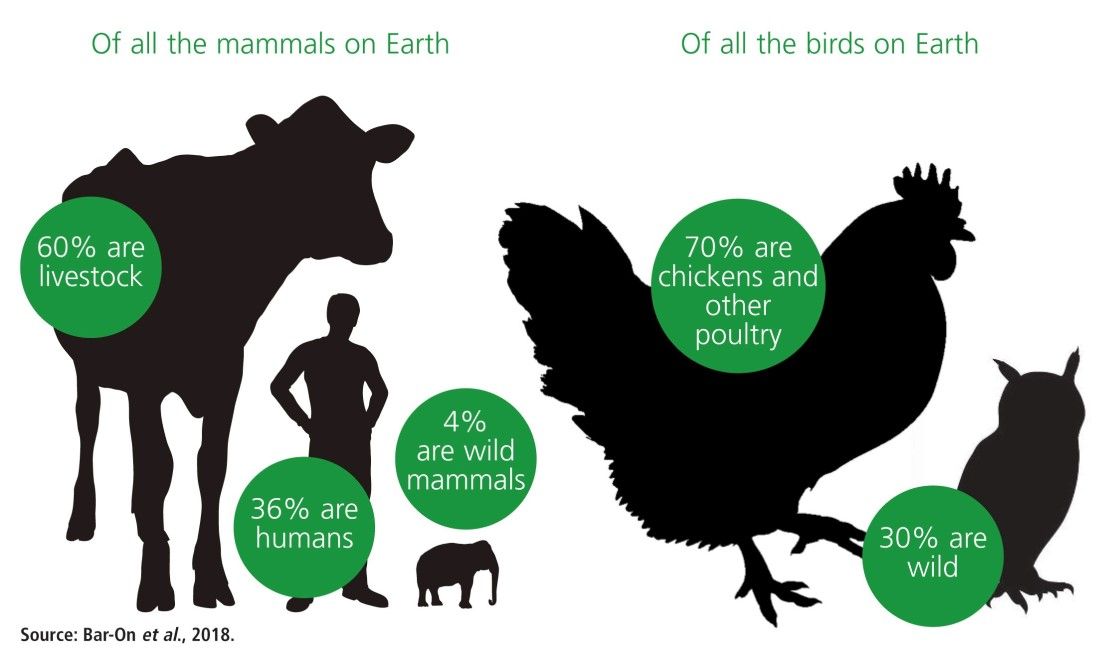
UK wildlife under threat
The UK is one of the most nature-depleted countries with around one in six native species under threat. A quarter of UK mammals and nearly half of all birds are at risk – hedgehogs, hares and bats, birds such as the willow tit and turtle dove and insects such as the high brown fritillary butterfly, are all under threat. Anyone who grew up in the 1970s will remember the splattering of dead insects on car windscreens during long journeys. Nowadays, there are hardly any. Globally, over 40 per cent of insects are in decline and intensive agriculture and the increased use of pesticides are responsible. It’s an insect apocalypse!
Around 60 per cent of primates, our closest biological relatives, are threatened with extinction. Among the main drivers, scientists say, are expanding production and consumption of beef, soya and palm oil. Palm kernel meal is a lucrative by-product of palm oil production and along with soya, is used as animal feed with more than a tenth of global production fed to British livestock and companion animals.
In both Africa and Asia, populations of great apes – gorillas, chimpanzees, bonobos and orangutans – are rapidly declining. As a result of loss of habitat to agriculture, poaching and infectious diseases, numbers have collapsed, with less than 1,200 mountain gorillas remaining and the Western chimpanzee now critically endangered. In Asia, all three species of orangutans are also critically endangered.
Decades of habitat loss, poaching and conflict have also devastated African elephant populations, with only around 350,000 remaining compared to the 10 million that roamed the continent as recently as 1930. Sumatran elephants are also critically endangered, largely due to oil palm plantations destroying their habitat.
The Amazon rainforest is the most biodiverse place on Earth and is one of the last refuges for many animals, including jaguars and pink river dolphins. It is home to sloths, black spider monkeys and poison dart frogs and perhaps a million more yet-to-be-discovered species. Agriculture is the main global driver of deforestation, according to the United Nations. Gidon Eshel, Assistant Professor in Geophysical Sciences at the University of Chicago, says: “You eat a steak, you kill a lemur in Madagascar. You eat a chicken, you kill an Amazonian parrot.” And the reason is that species-rich habitats are being converted to land for grazing and animal feed crops as the human appetite for meat grows.
Grasslands and savannahs are also being destroyed for meat production and a typical example is the African savannah, home to a huge variety of mammals, reptiles, amphibians and birds. Roaming elephants and buffalo, grasshoppers and beetles, ants and termites make up an extraordinarily complex and diverse ecosystem that has evolved over thousands of years, but which is now under threat.

Ocean ecosystems in peril
In the oceans, over a third of wild fish are now overfished, compared to 10 per cent in 1974. Larger fish are being squeezed from both ends; under threat from overfishing and under pressure as numbers at the bottom of the food chain, on which they depend, decrease due to climate change. Without action, more than half of the world’s marine species may be extinct by the end of this century. Coral reefs support more than a quarter of all marine life but half of all shallow-water corals have been lost due to overfishing and rising sea temperatures – and 90 per cent could be gone by 2050. As atmospheric carbon dioxide dissolves in the ocean, it increases acidity and shellfish are having to work harder at strengthening their shells simply to survive!
Seagrasses play a vital role in coastal ecosystems but they, too, are under threat from destructive fishing practices, climate change and contaminants from farmland runoff. They have disappeared from almost a third of the area they inhabited in the late 1800s. These losses are comparable to those of coral reefs and tropical rainforests. Marine microalgae (phytoplankton) populations are falling by one per cent a year. They not only store carbon when they die and sink to the ocean floor, but they also provide half the Earth’s oxygen!
A rich biodiversity is vital for our survival; complex ecosystems produce oxygen, filter water, recycle nutrients, generate soil and pollinate seeds. Birds, bats, bees and other pollinators are essential for over three-quarters of global food crops, including coffee, cocoa and almonds. The air we breathe, water we drink, food we eat and medicines we depend on, all rely heavily on biodiversity. David Macdonald, Professor of Wildlife Conservation at the University of Oxford says: “Without biodiversity, there is no future for humanity”.
Climate change is expected to push even more species over the brink. For example, there are wildfires blazing not only in Australia and California but now also in the Arctic. Human encroachment into wildlife habitats is also increasing the risk of zoonotic diseases spilling over from animals to humans, such as SARS, MERS, covid and Ebola, and poses a future pandemic threat. We seem to take it for granted that nature will absorb all the abuse we throw at it and somehow still cope. It can’t and it is literally dying around us.
We must make the connection between animal agriculture and environmental destruction and protect ecosystems and prioritise the safety and freedom of wild animals. If we don’t take urgent and far-reaching action now, eating animals will be the death of us.

